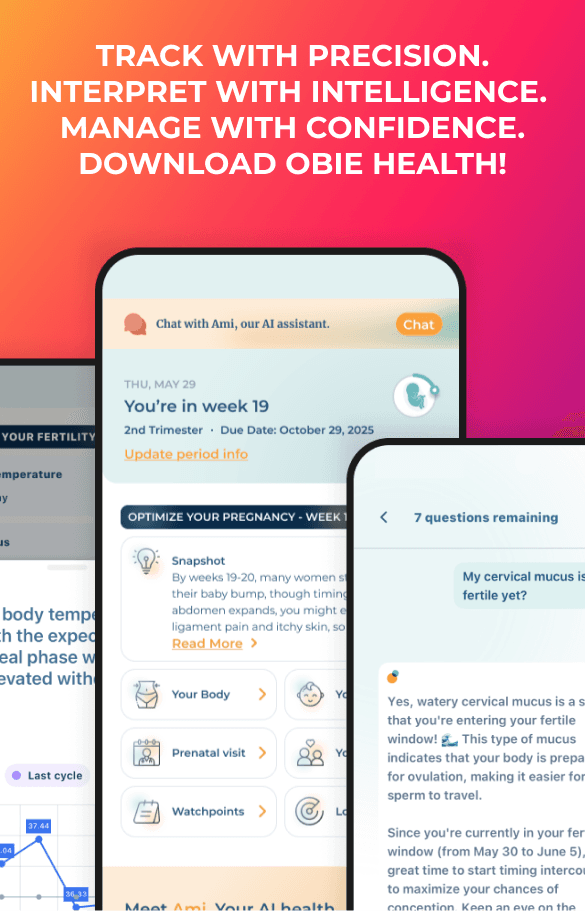Preventing Infant Death: New Guidelines
Baby & Child
Obie Editorial Team

There is no more endearing a sight than a peacefully sleeping baby! But many parents worry about their baby's health and in particular the worst case scenario: infant death. New comprehensive guidelines from The American Academy of Pediatrics (AAP) give parents advice on reduce the risk. This is welcome news as the rates of Sudden Infant Death Syndrome (SIDS) have failed to decline since the 1990s. Tragically the annual incidence of SIDS is approximately 3,500, that’s 1 in 1,140 births and it is the highest cause of infant death between 1 month and 1 year. Most deaths occur between midnight and 9 a.m.
New AAP Guidelines
This new report, released in October 2016, was the result of extensive research by the “Task Force on Sudden Infant Death Syndrome” led by Dr Rachel Y. Moon. Their recommendations to reduce risk SIDS, suffocation, entrapment, and strangulation include in order of evidence strength (strongest first):
-
Put baby to sleep on back, especially if premature or low birth weight. This should be continued until the infant can roll both ways consistently.
-
The sleeping surface should be firm and flat: A crib, bassinet, portable crib, play yard or bedside sleeper (check Consumer Product Safety Commission (CPSC) safety standards). Babies should not routinely sleep in an adult bed, couch or chair, nor should they sleep in a sitting device such as a car seat, stroller or sling. The mattress should be made specifically to fit the crib. There is insufficient evidence on in-bed sleepers. The AAP acknowledges that sometimes parents fall asleep while feeding and if this is a possibility: feed your infant in bed, with clear space around the infant is best (no pillows or adult blankets) and transfer the infant to the crib as soon as possible.
-
Breastfeed for as long as possible, up to 6 months is preferable.
-
Share a room but not a bed with your infant (NEW recommendation). Place crib close your bed so that baby can be monitored, for first six months.
-
Keep soft objects such as bumper pads, toys, pillows, sheepskins and loose blankets out of the sleep area and ensure there are no strangulation hazards such as cords from window treatments or electric wires. Wearable blanket are preferred over loose blankets.
-
Consider offering a pacifier at sleep times.
-
Avoid smoking, drugs and illicit drugs during pregnancy and after birth in mother and any adults living in the infant’s home and in particular those sharing a room with the infant.
-
Avoid overheating: do not cover the infant’s head while sleeping in house, limit layers to one and monitor the infant’s temperature.
-
Regular prenatal care: babies healthy at birth are less susceptible to SIDS.
-
Immunize in accordance with AAP and CDC recommendations. There is “recent evidence suggests that vaccination may have a protective effect against SIDS”.
-
Do not use cardiorespiratory monitors unless advised to do so by a medical practitioner for a child with a pre-existing illness. There is no evidence that they reduce risk of SIDS and they may provide false comfort.
-
Supervise awake tummy time to encourage: correct development of the back of the skull and motor milestones.
-
After birth “skin-to-skin care is recommended, for at least one hour, where medically feasible. Thereafter follow the advice above.
-
There is insufficient evidence to make recommendations on co-sleeping for for twins and multiples.
-
There is no evidence that swaddling has an effect on risk of SIDS.
Parenting an infant is a time filled with boundless joy and endless worry. These new guidelines from the American Academy of Pediatrics give comprehensive advice on reducing the risk of infant death. Follow as many of these strategies as you are able and always see a medical profession if you are concerned about your infant’s health.
Sources and Resources
AAP Research
http://pediatrics.aappublications.org/content/early/2016/10/20/peds.2016-2938
Support for families who have lost an infant
http://www.cdc.gov/sids/resourcelinks.htm







